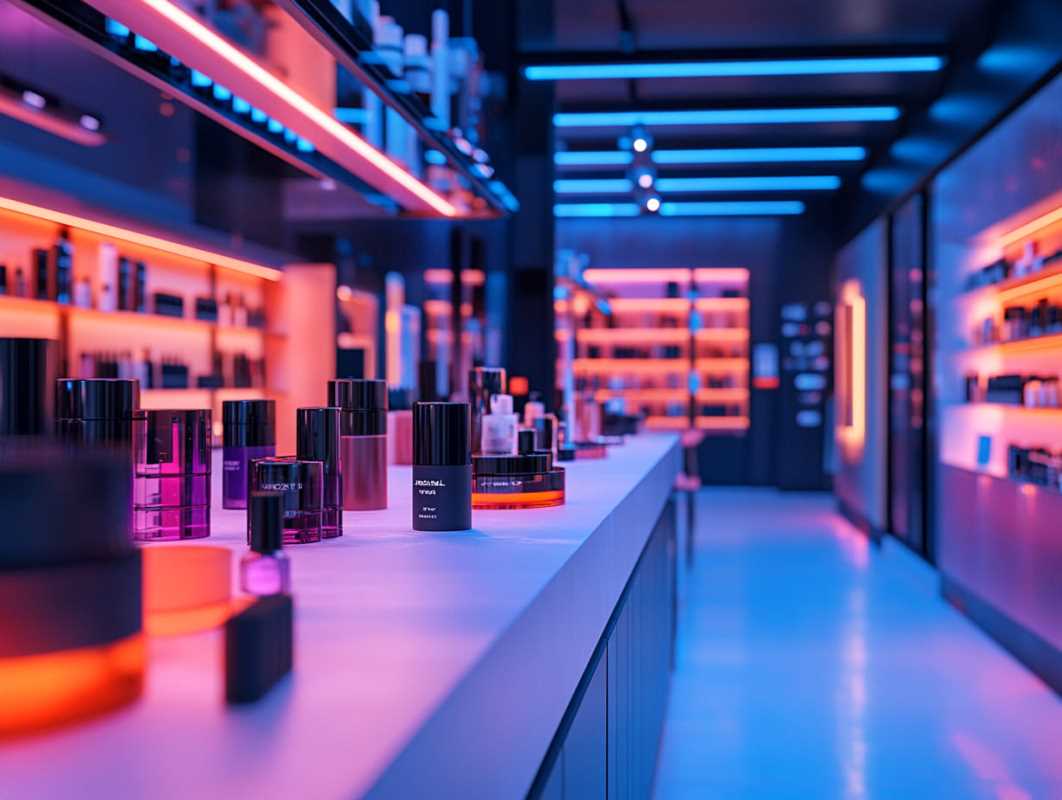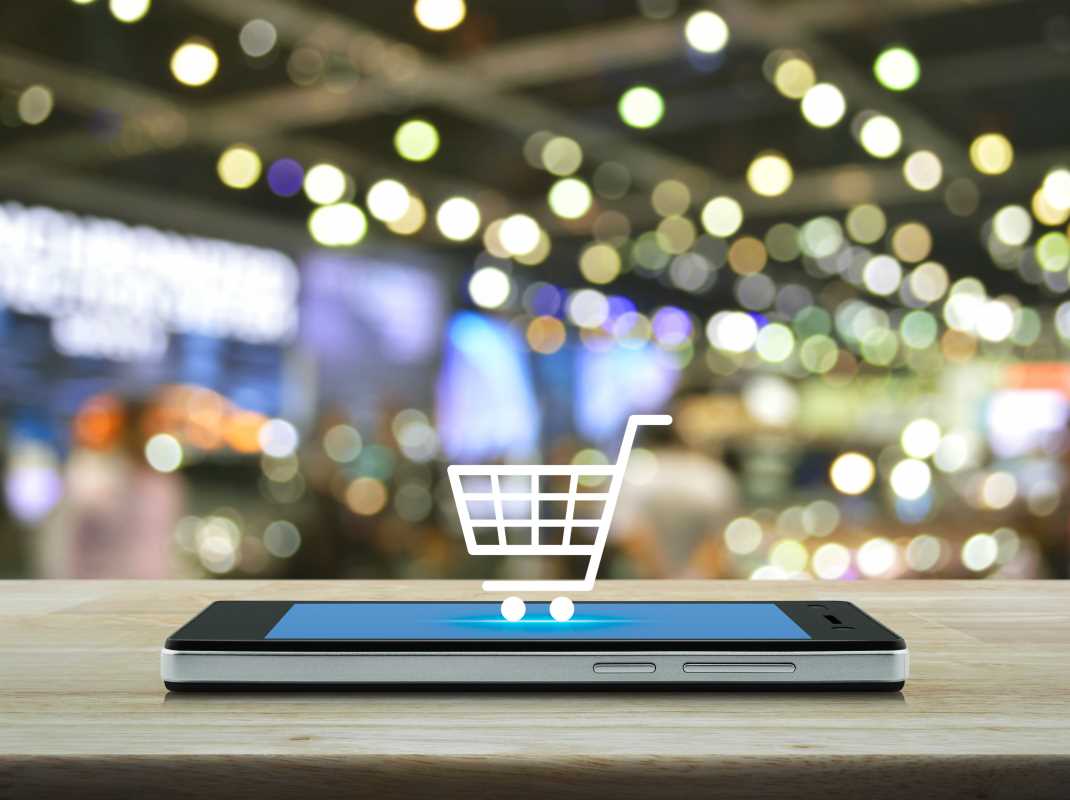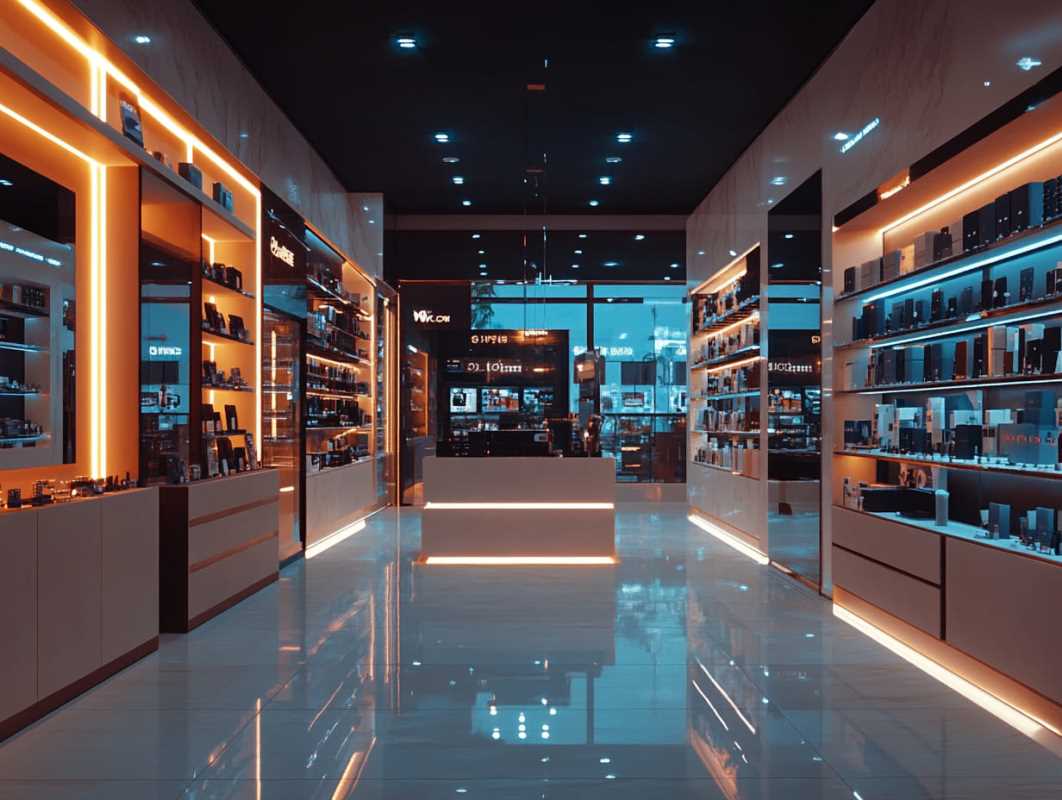Product displays in retail stores are more than just arrangements of merchandise—they’re a powerful tool for attracting customers, enhancing their shopping experiences, and driving sales. Through clever design and strategic placement, retailers can turn casual browsers into loyal buyers, while also telling a story that reflects their brand’s identity. Some of the biggest names in retail, like Apple, IKEA, and Sephora, have mastered the art of product displays, setting benchmarks for innovation and customer engagement. Here’s a look at why product displays matter, how they influence decisions, and what retailers can learn from the best.
Why Effective Product Displays Matter
An eye-catching product display grabs attention in a sea of competition, acting as a silent salesperson. These displays are crucial for retailers in a crowded marketplace, where consumer attention spans are short, and visual appeal plays a massive role in purchasing decisions. By creating a compelling display, you can:
- Showcase new products or inventory highlights.
- Communicate brand values and identity.
- Influence customer behavior at crucial decision-making moments.
- Differentiate your store from competitors.
For maximum impact, effective displays rely on strategic planning, creativity, and even psychology. From the visual layout to the sensory elements, every detail has the potential to make or break a customer's shopping experience.
1. Apple’s Minimalist Store Design
Apple’s product displays are iconic for their simplicity and elegance. The open-floor layouts and uncluttered tables filled with carefully spaced products have become synonymous with its brand identity. Each Apple product is displayed at just the right angle and lighting, encouraging customers to interact with the items.
This minimalist approach relies on a “less is more” philosophy, designed to emphasize Apple’s sleek and sophisticated design language. For instance, the glass walls and wooden tables direct focus to the products, not the surroundings. Apple also prioritizes hands-on interaction, allowing customers to experiment with devices before making a decision to buy.
By using its stores as extensions of its brand experience, Apple has created environments where customers feel confident, informed, and comfortable. This approach exemplifies the power of aligning product displays seamlessly with brand values.
2. IKEA’s Immersive Room Setups
IKEA’s showrooms are a masterclass in immersive product displays. Walking through an IKEA store is like touring fully furnished homes, where every room tells a story of functionality and style. Customers see how furniture and décor can be combined to create a cohesive living space.
These displays are carefully curated to appeal to a wide range of tastes and lifestyles. For example, you might walk into an IKEA living room designed for a small apartment, complete with hidden storage solutions and multi-functional furniture. Meanwhile, another section might showcase a playful, colorful children’s bedroom.
The genius of IKEA’s product displays lies in their relatability. Shoppers don’t just see chairs or tables—they envision how these products fit into their own lives. The self-serve warehouse at the end of the showroom also reflects IKEA’s customer-centric ethos, creating a seamless shopping experience.
3. Sephora’s Interactive Beauty Displays
Sephora excels in delivering hands-on, interactive displays that keep customers engaged and excited. Their beauty counters are stocked with tester products, enabling shoppers to try before they buy. The inclusion of mirrors, tailored lighting, and easy access to tools like brushes or wipes makes the experience more convenient and enjoyable.
Where Sephora truly innovates, however, is in integrating technology into its displays. Interactive screens provide beauty tutorials, personalized recommendations, and virtual try-ons for makeup shades customers might hesitate to test physically. For example, the Sephora Virtual Artist uses augmented reality to show customers how specific lipsticks or eyeshadows will look on them.
This blend of sensory experience and innovation creates an emotional connection with customers, making Sephora not just a place to buy beauty products but an experiential destination.
Key Elements That Make Product Displays Successful
- Strategic Placement
Great product placement can guide customers through a store and subtly influence their purchasing behaviors. Known as the “buyer’s path,” product displays along high-traffic areas or near checkouts tend to generate the most sales. For instance, grocery stores place impulse-buy items like gum and candy near the registers, knowing these are quick, easy purchases.
Zoning products by need or occasion is also effective. For example, in clothing stores, creating holiday-themed sections with coordinated outfits can encourage customers to grab multiple items in one go.
- Utilizing Technology
Interactive displays and digital signage are becoming increasingly popular in retail. They captivate attention, provide compelling personalized experiences, and share information in a way that static displays cannot. For example, Tesla showrooms feature interactive screens that allow customers to customize cars digitally, exploring different options in real-time.
Self-service kiosks that provide product details or ordering options are also improving customer engagement. For example, Nike’s flagship store in New York uses augmented reality in its shoewear section, enabling customers to virtually wear sneakers without even trying them on.
- Sensory Engagement
Sensory elements can evoke powerful emotions and make a brand more memorable. From lighting and sound to textures and scents, every sensory interaction contributes to a customer’s perception of the store.
Consider Lush Cosmetics. Each store is infused with its products’ natural fragrances, creating an atmosphere that feels lush (pun intended) and inviting. Products are displayed like works of art, often carved into fun shapes, making customers want to touch and explore the items.
Thoughtful lighting and music are equally important. Bright, warm lighting that mimics natural daylight can make products look more vibrant, while carefully chosen music can influence mood and pacing.
- Creating Storytelling Displays
A well-designed display often tells a story. It could highlight how your product solves a problem or evoke aspirational feelings. For example, outdoor gear brand REI uses displays that mimic outdoor settings to show customers how their tents or hiking backpacks will fare in the real world.
Other retailers use seasonal displays to tell cultural stories. Macy’s famous holiday windows are an iconic example, drawing crowds with enchanting narratives crafted through decorations and props.
- Flexibility and Refresh
Retail displays should evolve to keep customers coming back. Regular refreshes give the impression of newness, even when the product lineup hasn’t significantly changed. Seasonal events, holiday-themed setups, or limited-edition product launches are perfect opportunities to reinvent displays.
Pop-up retail displays have become especially popular. These temporary installations can showcase a product in a unique or unconventional way, doubling as marketing and engagement. For instance, Adidas created an immersive pop-up to highlight its Ultraboost running shoes, incorporating video projections of real runners during the experience.
How Retailers Can Innovate to Stay Competitive
The shopping landscape—and consumer expectations—are constantly changing. Retailers need to innovate their product displays to remain relevant and appealing. Here are a few strategies:
- Artificial Intelligence: AI tools can analyze customer shopping behavior and suggest optimal product arrangement layouts. For example, stores might use AI to track which displays draw more traffic and adjust accordingly.
- Flexible Modular Displays: Adopt shelving and display units that can easily adapt to new products. Modular displays save time and cost when rotating stock or preparing for seasonal promotions.
- Social Media Integration: Use QR codes on displays to link to social media challenges or campaigns. Ikea, for instance, often encourages customers to recreate its room designs at home and share their results online.
- Go Green: Eco-friendly displays made from recycled materials are not just good for the planet—they resonate with today’s environmentally conscious consumers.
- Immersive Digital Experiences: Use 3D projection mapping or virtual reality to create engaging experiences that bridge the gap between physical and digital retail. For example, a furniture store could use VR to show how an item would look in a customer’s home.
Product displays in retail are an art and science. They combine creativity, strategy, and psychology to create an environment where customers feel inspired to explore and shop. From Apple’s clean layouts to IKEA’s home setups and Sephora’s interactive stations, real-world examples show that displays matter not just for aesthetics but for meaningful engagement with customers.
 (Image source: Midjourney)
(Image source: Midjourney) 


.jpg)


